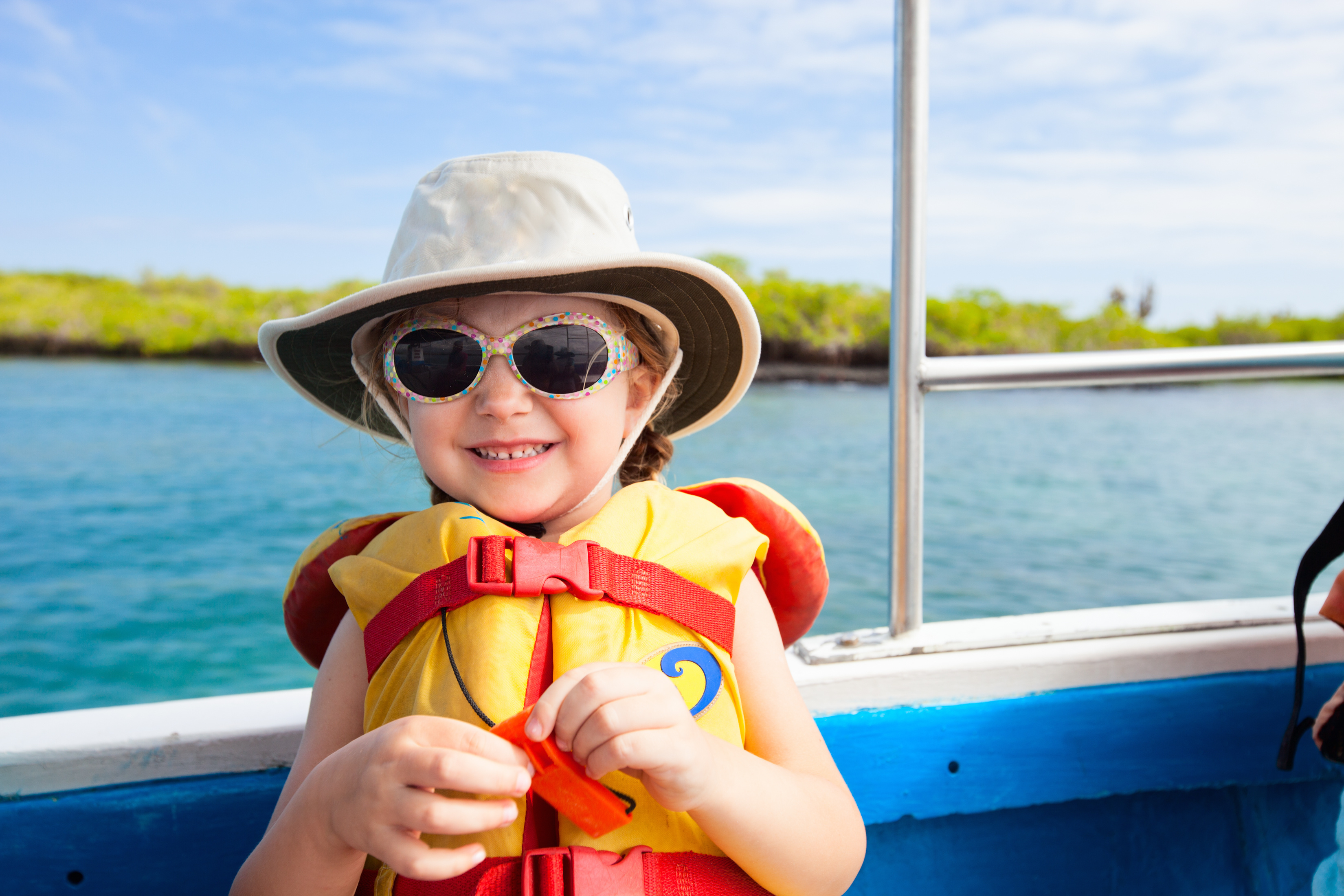
Published on July 23, 2024
Read Time: 4 Minutes
Three Things to Know
- Drowning is the number one cause of death for children ages 1-4 in the US.
- Always supervise children near any type of water. Children can drown in as little as 1 inch of water.
- In the summer, the heat level in a car can increase by 19 degrees in as little as 10 minutes.
Summer may signal the joy of vacations, longer days, picnics and playgrounds, but it also brings the water hazards and heat-related dangers that create risks for children. Sara Bayless, a certified pediatric nurse practitioner at Phelps Health, answers frequently asked questions about pediatric summer safety.
What are best practices for keeping children safe around water?
First and foremost, watch children without any distractions. If you are in a group of friends, designate someone as the watcher and change watchers every 15 minutes. The watcher must provide close and constant supervision and avoid distractions including cell phones. Other best practices include the following:
- Keep children within arm’s reach at all times. Always supervise children near water, including baths, pools and even buckets of water.
- Teach children to always ask permission to go near water.
- Enclose home swimming pools on all four sides with fencing that is 4 feet high and has self-latching and closing doors.
- Learn first aid and CPR to be prepared in the event of an emergency.

Sara Bayless, CPNP
What are common misconceptions about water safety?
One of the most common misconceptions is that shallow water is safer. Children can drown in as little as 1 inch of water. People also mistakenly think that you will always hear a child struggling when they go underwater. In reality, drowning often happens in silence without any splashing or calls for help.
How do you know if a child has water survival skills?
Evaluate skill level by asking a child to:
- Enter water that’s over their head and return to the surface.
- Float or tread water for at least 1 minute.
- Turn over and turn around in the water.
- Swim at least 25 yards.
- Exit the water.
What is the best age to teach children to swim?
It's never too soon. I had my son around water when he was 8 weeks old. It’s important to teach basic skills so children know what to do in the water. I encourage parents to research swimming lessons in their communities and enroll their children.
We’ve covered swimming pools, but what about rivers, lakes or oceans?
There are a lot of unknowns when it comes to natural bodies of water. One important rule of thumb is to teach a child never to swim alone. Another is to wear a US Coast Guard-approved life jacket. Also, familiarize yourself with the water conditions you’re swimming in and follow any signage posted. Finally, ask yourself these questions:
- Is this a safe area?
- Is there a lifeguard on duty?
- What risks are we taking here?
Water safety in the home is also critical—what precautions should be taken?
According to the Centers for Disease Control and Prevention (CDC), drowning is the number one cause of death for children 1-4 years old, and the second leading cause of unintentional injury death for children 5 to 14 years old. Think about the anatomy of a toddler. They have large heads and tend to be top heavy, so when they lean forward, they can struggle to pull themselves up. For this reason, buckets, tubs and containers should always be empty and stored upside down. The following precautions should also be taken:
- Always shut toilet lids.
- Keep laundry room and bathroom doors closed.
- Parents and caregivers should never leave young children alone – or in the care of another child – while in or near bathtubs.
- Infants should always be with an adult when sitting in a bath seat in a bathtub.
While we’re on the topic of summer safety, what about heat precautions?
Heat is huge. We're in Missouri where summers are hot and humid. Statistics show that a child in the US dies from heatstroke in a vehicle every 10 days. Children are at increased risk for heatstroke because their bodies heat up three to five times faster than adults. Never think it is OK to leave a child in the car for any amount of time—a car can heat up by 19 degrees in as little as 10 minutes. Other heat safety tips for children (and adults) include the following:
- Drink plenty of water.
- Wear lightweight, light-colored, loose clothing.
- Apply sunscreen and wear a hat.
- Schedule outdoor activities for the cooler parts of the day.
- Know the signs of heat-related threats including heatstroke, exhaustion, cramps and severe sunburn.
Pediatrics: Your Partner in Child Safety
Sara Bayless, CPNP, sees children from birth to age 18 in Rolla and Waynesville. To schedule an appointment with Sara or any of our pediatric providers, please visit our webpage or call (573) 458-3723 today.